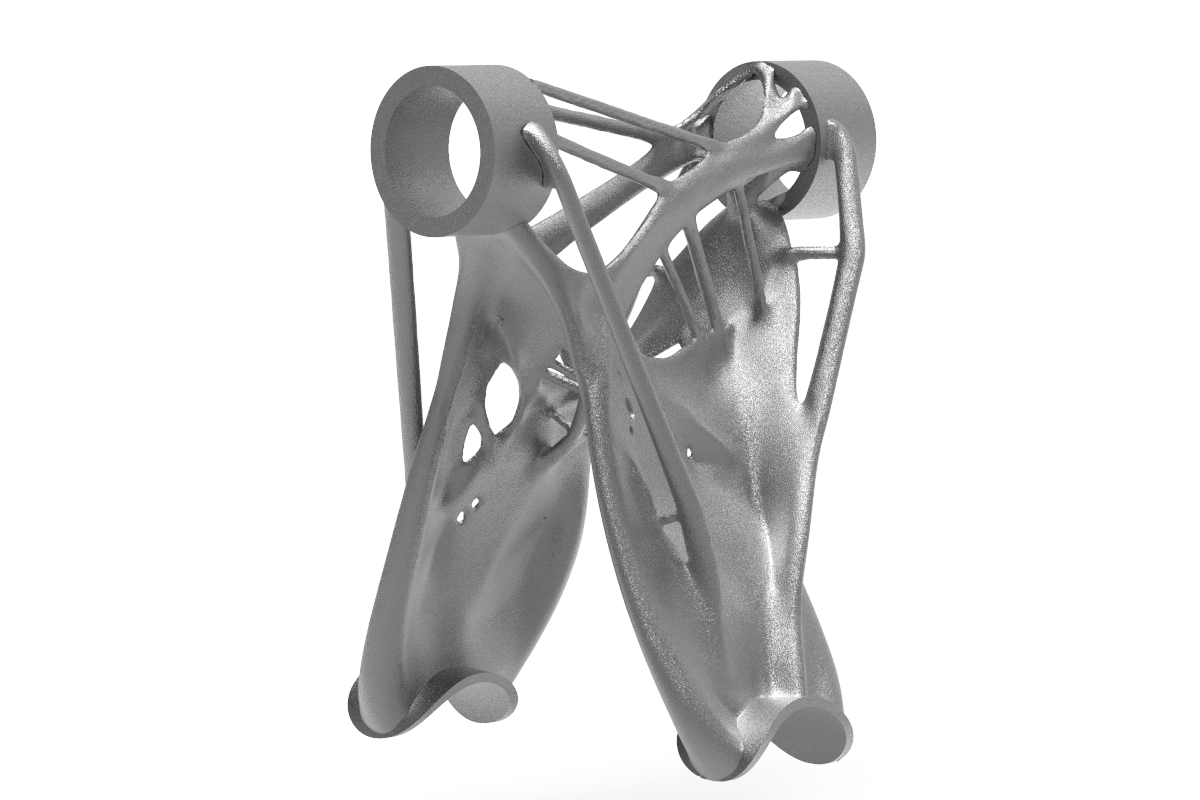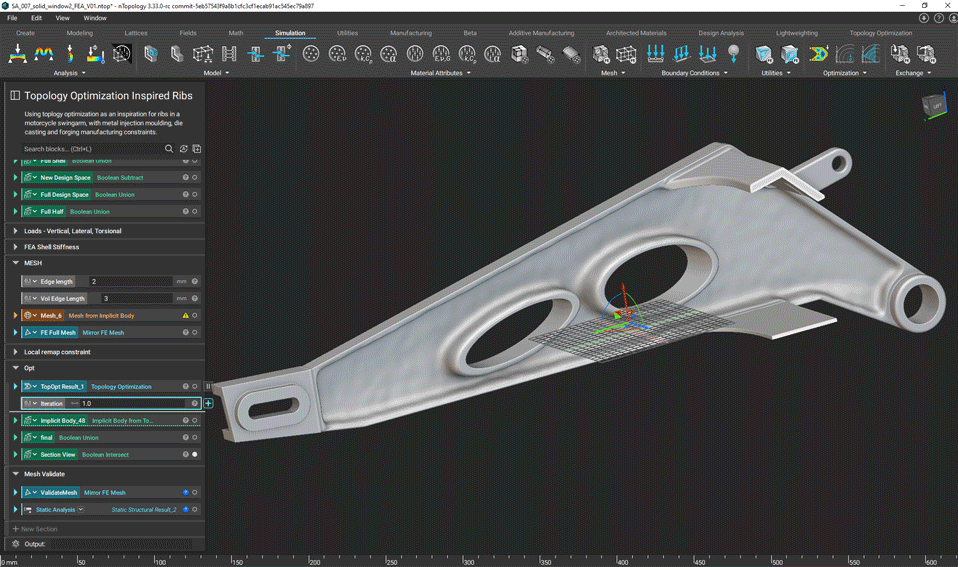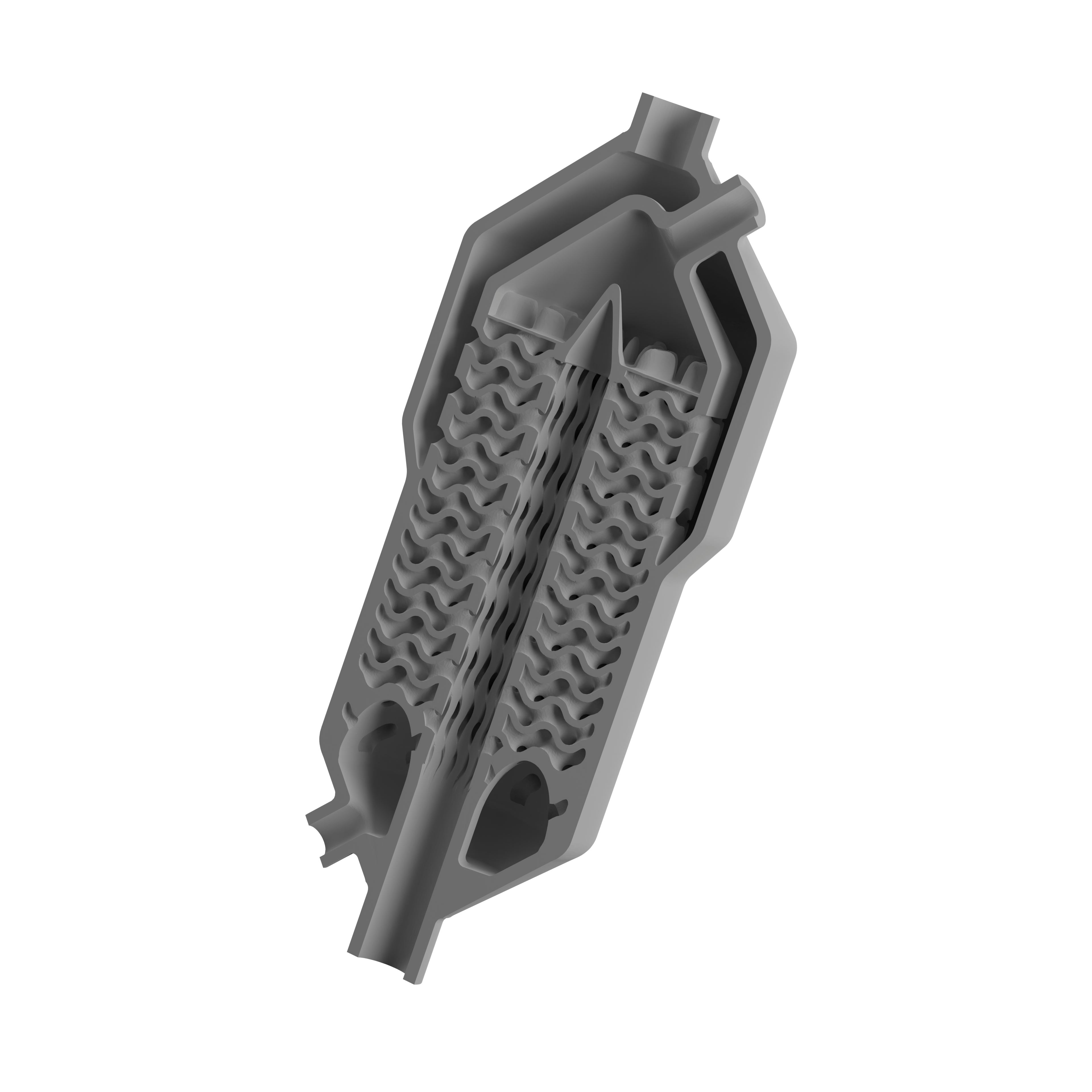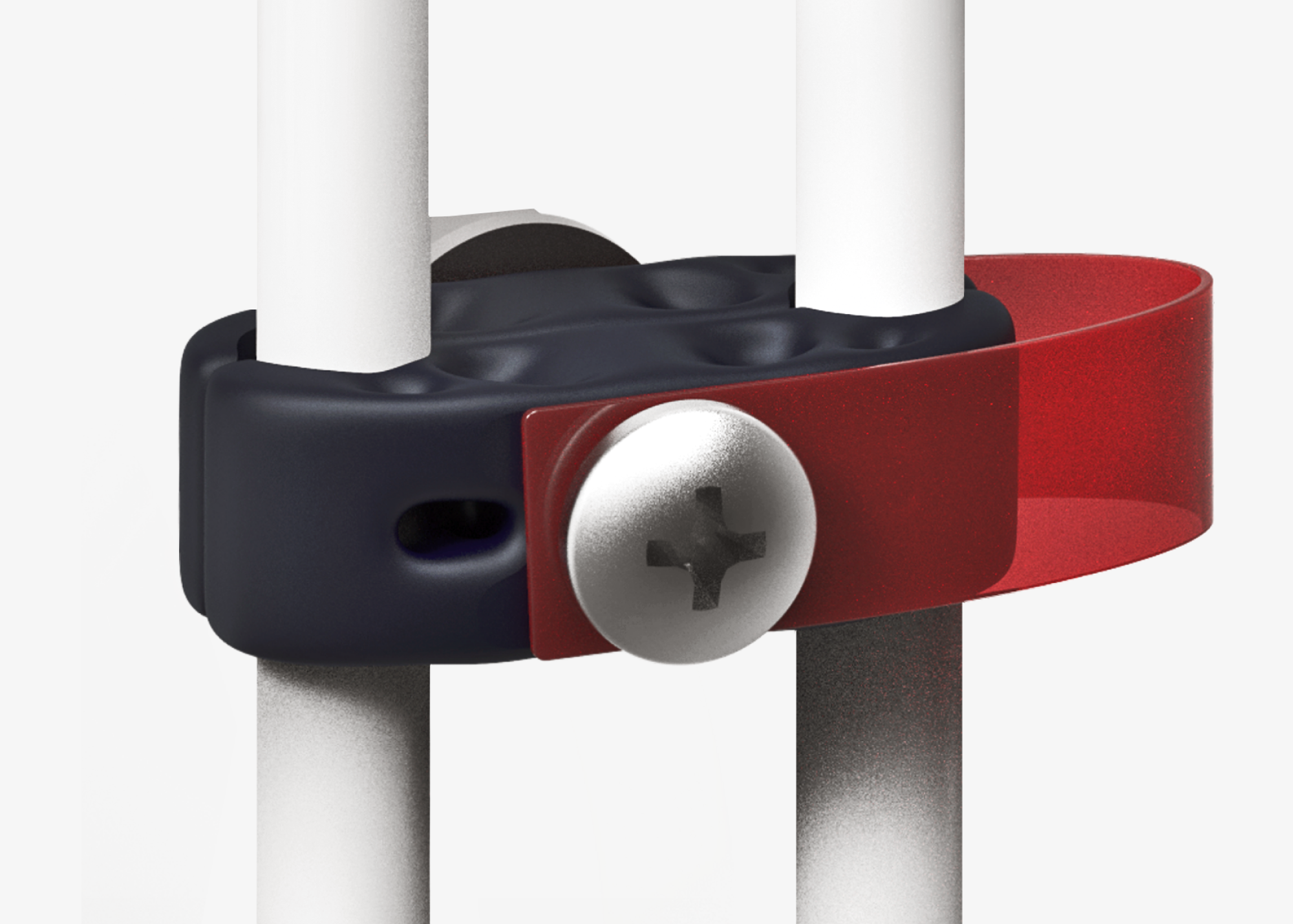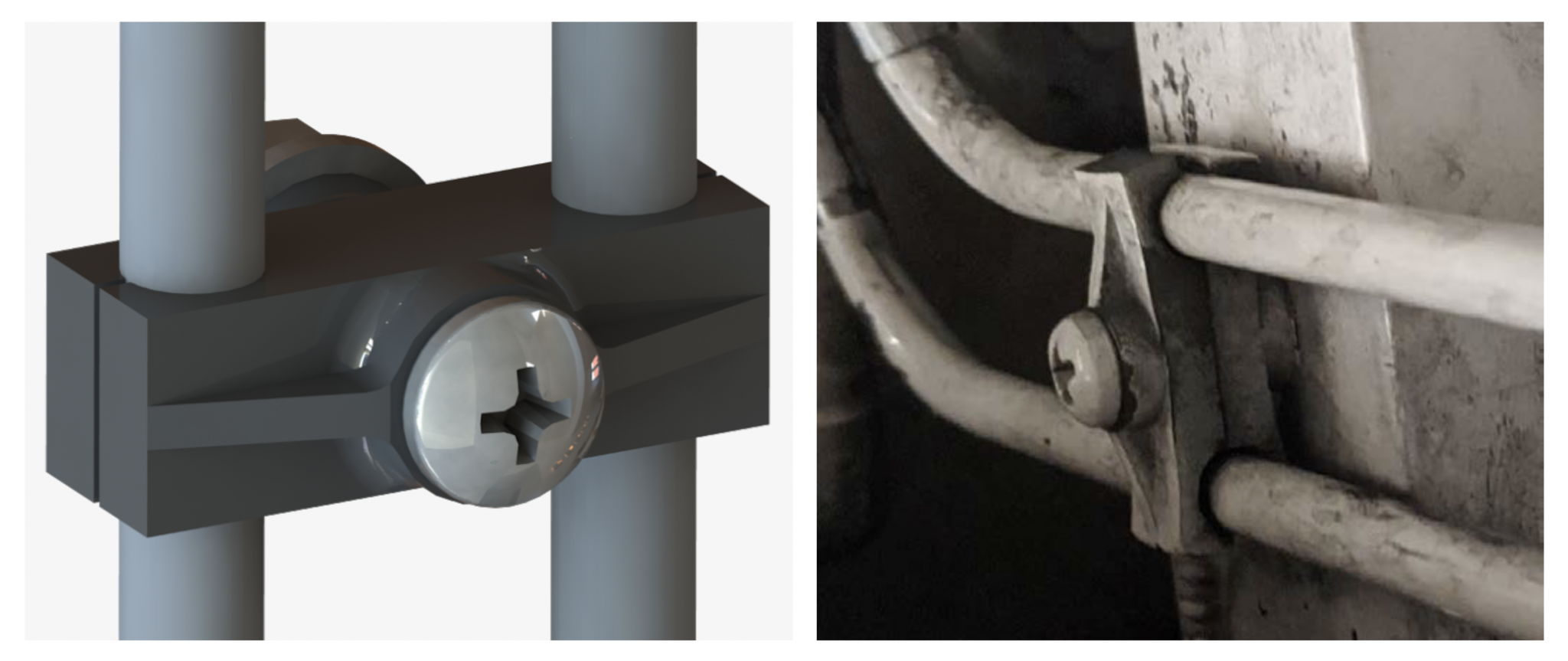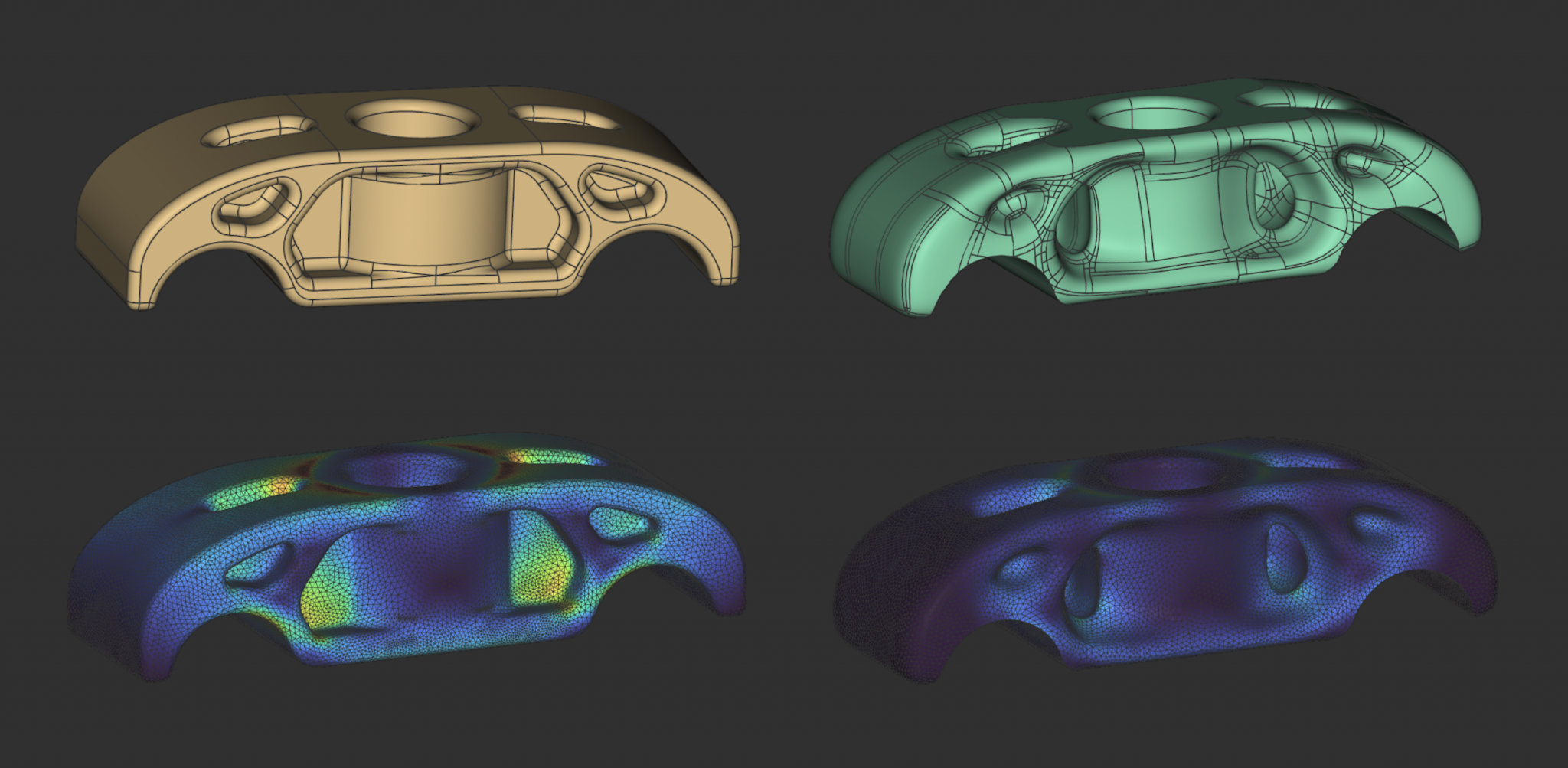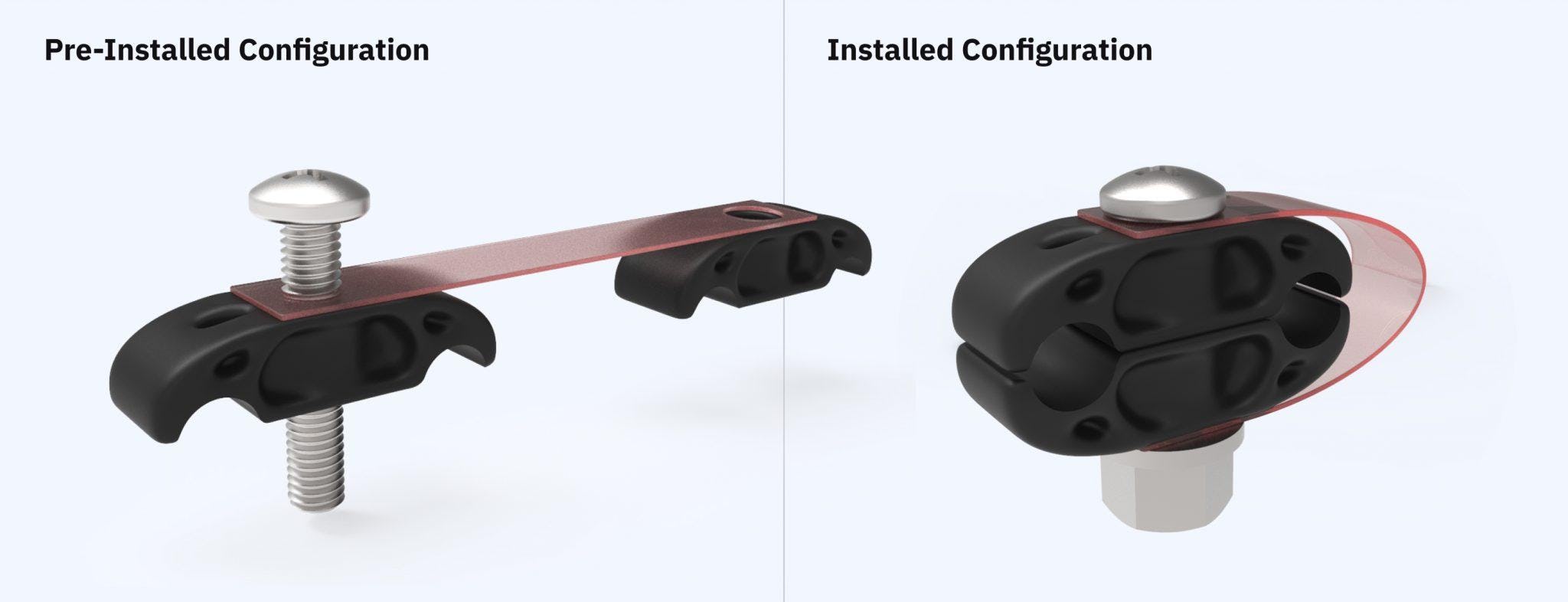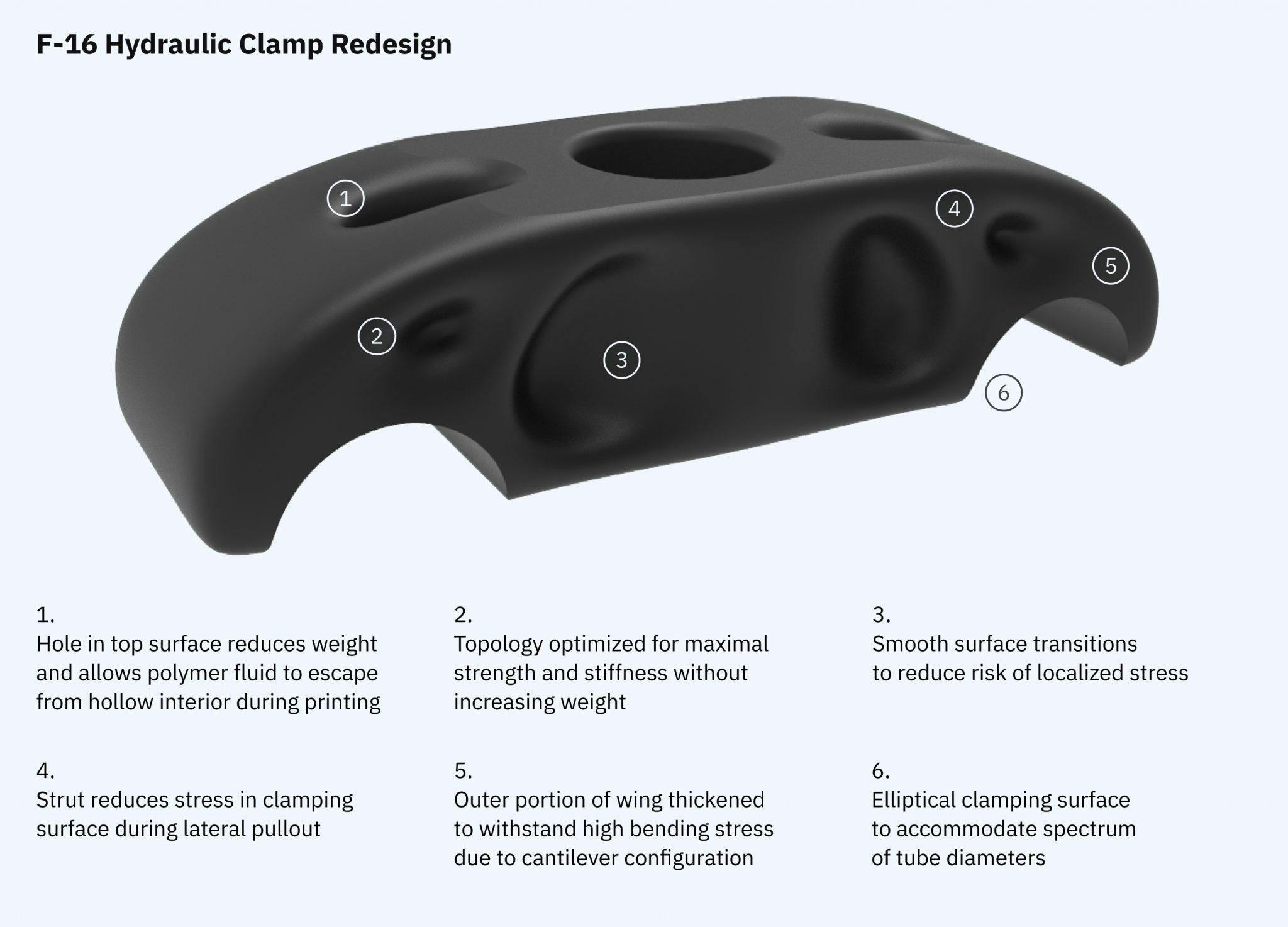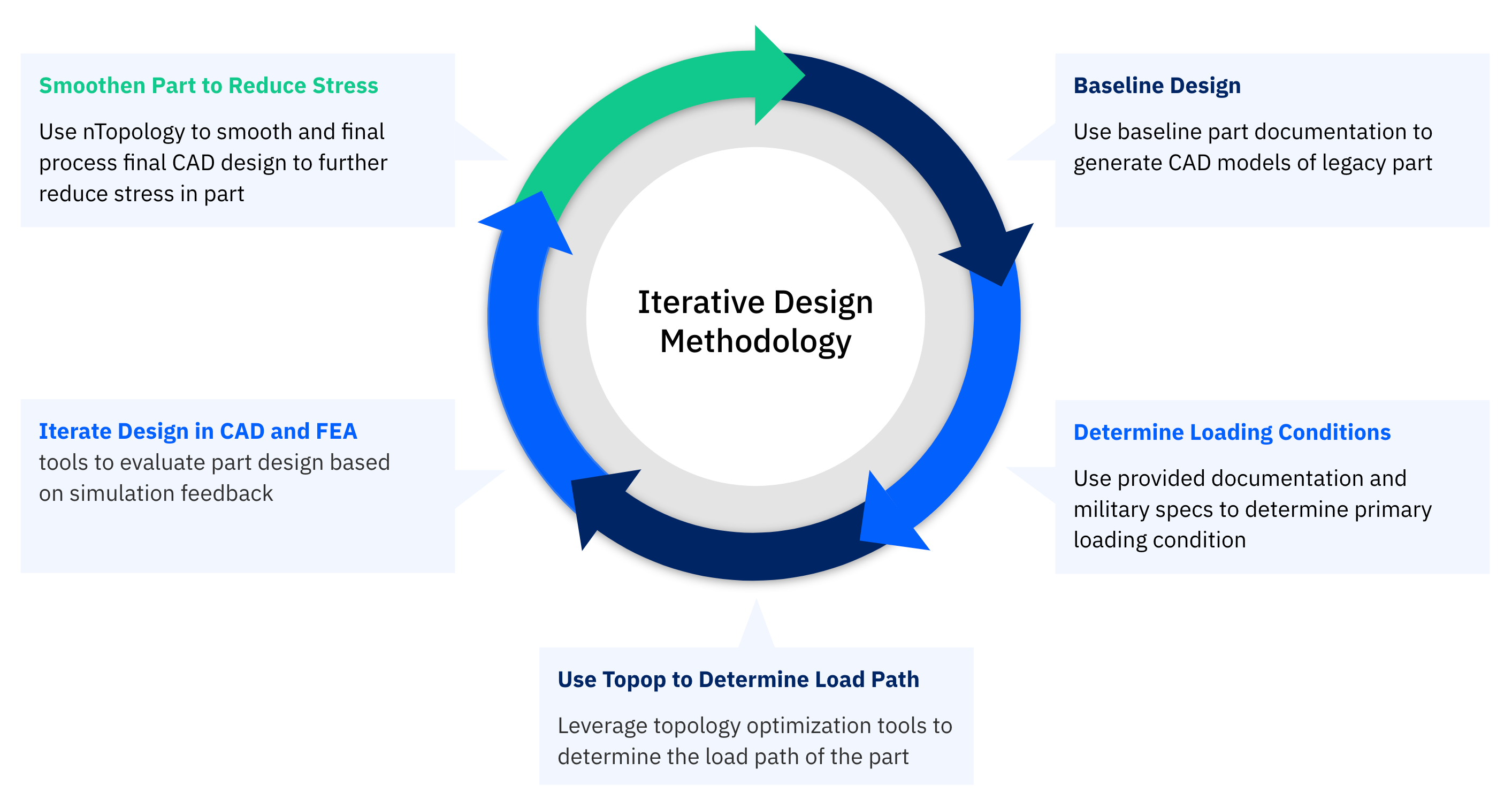Generative design software
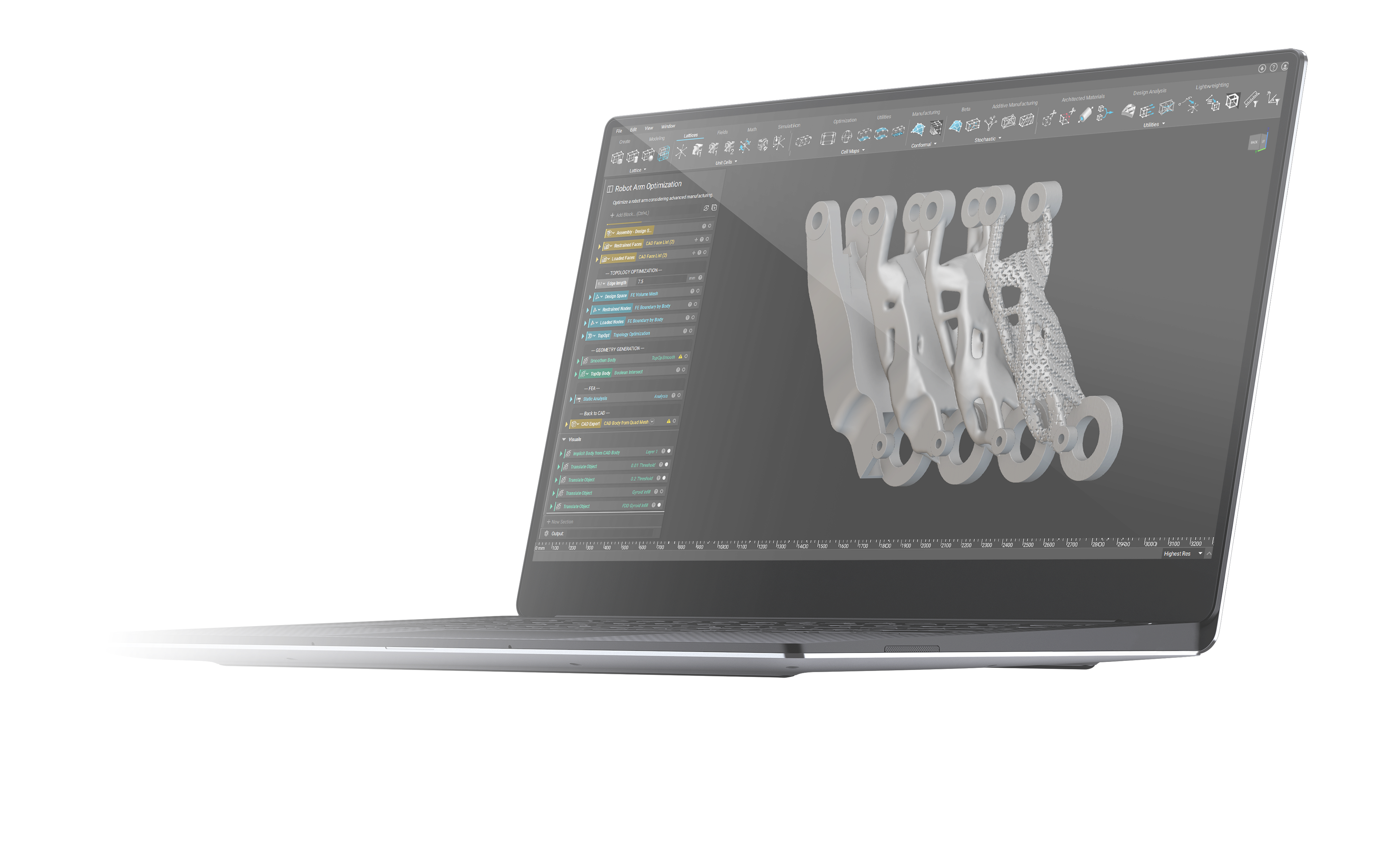
Take complete control of your generative design workflows to design processes, not just parts.


How do we define generative design?
At its core generative design is a methodology that uses goal-driven computational approaches to create a design that meets your engineering requirements. Traditionally this has meant feeding limited parameters into a “black box” algorithm and receiving results that require extensive remodeling and post-processing. Here at nTop, we’re evolving the definition of generative design by allowing engineers to manage the entire process. nTop gives engineers the power to capture custom logic and unique design requirements for complete control over both the geometry you produce and the optimization workflow needed to create it.
Why use nTop for generative design?
Rapid and innovative engineering
Unlock new and innovative design opportunities, accelerate your development cycles, and design better products.
Generative design with complete control
Gain complete control over the inputs and outputs of the optimization process and transform it into a reusable workflow.
Multi-objective and data-driven optimization
Combine simulation results and manufacturing constraints to generate solutions that capture your design requirements.
Applications of generative design
Generative design helps engineers develop high-performance products across many applications, from car parts to prosthetics.

Full-flight qualification for F-16 aircraft AM spare part in just 30 days
nTop, Origin, and Stress Engineering Services used nTop to redesign a family of F-16 aircraft hydraulic tube clamps for AM as participants in an advanced engineering competition. They used a design-optimize-build-test approach with cutting-edge design and simulation, and the final part was 2x stiffer and manufacturable on demand.
Is your software ready for additive manufacturing?
Traditional software isn’t built to take full advantage of new opportunities for engineers. Maximize the benefits of additive manufacturing with the best generative design tools available.
FAQs
Generative design resources for engineers and designers
- GUIDE
The Engineering Guide to Generative Design
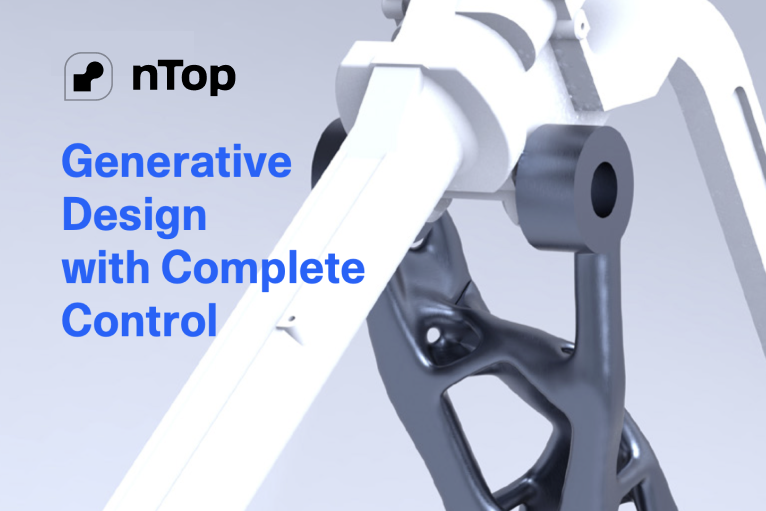
- ARTICLE
Generative design tools with full control
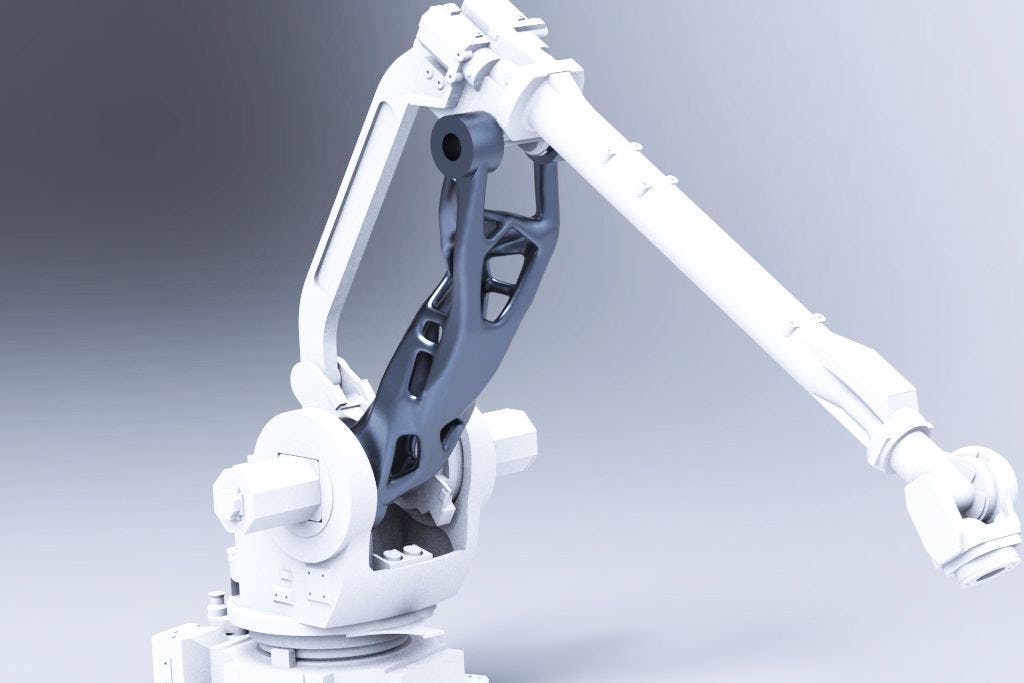
- WEBINAR
Custom generative design workflows with nTop
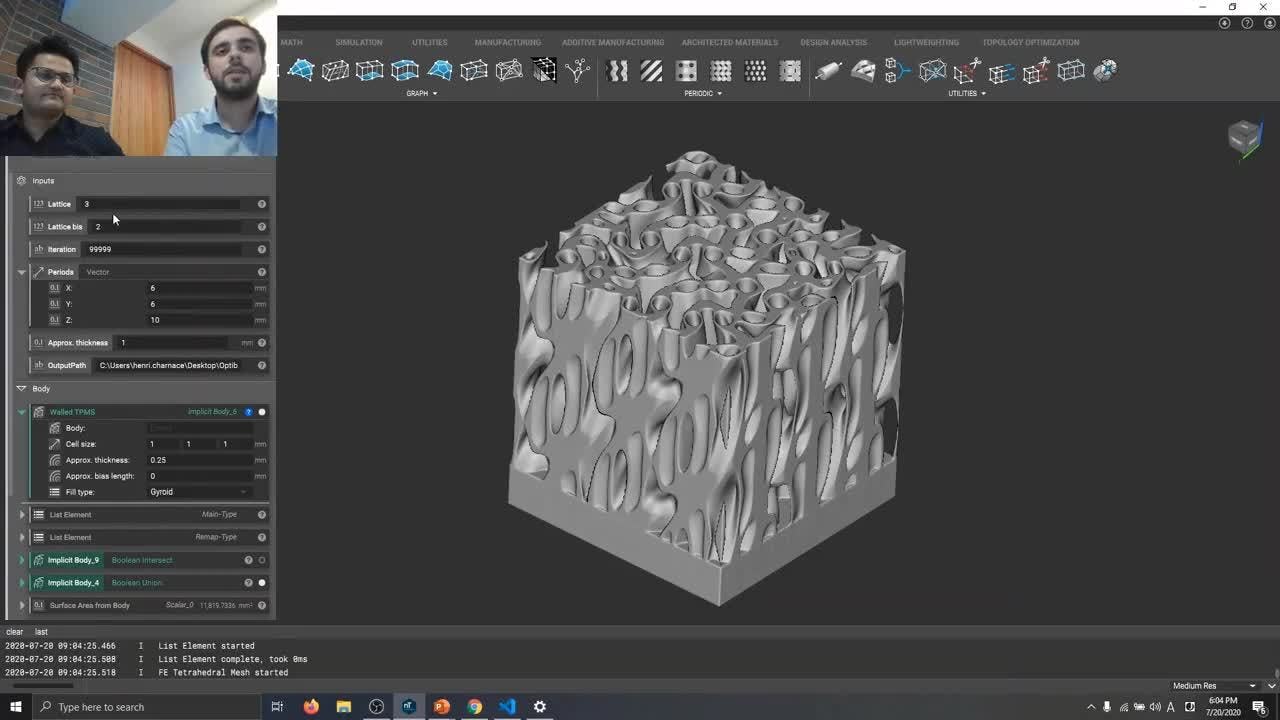
- CASE STUDY
DMG MORI redesigns robotic end-effector for additive manufacturing
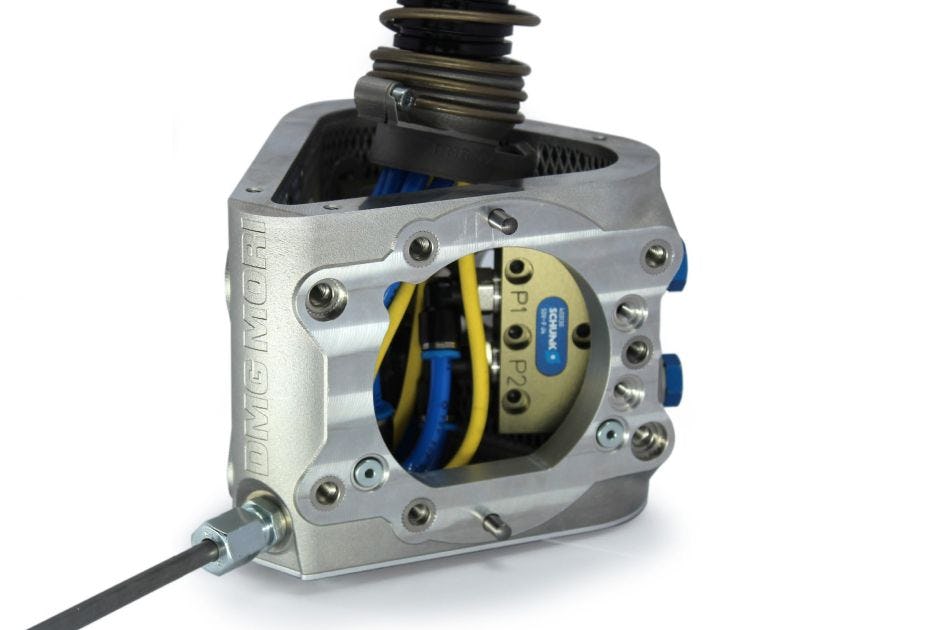
- WEBINAR
nTop: Unbreakable geometry, reusable workflows, and field-driven design

